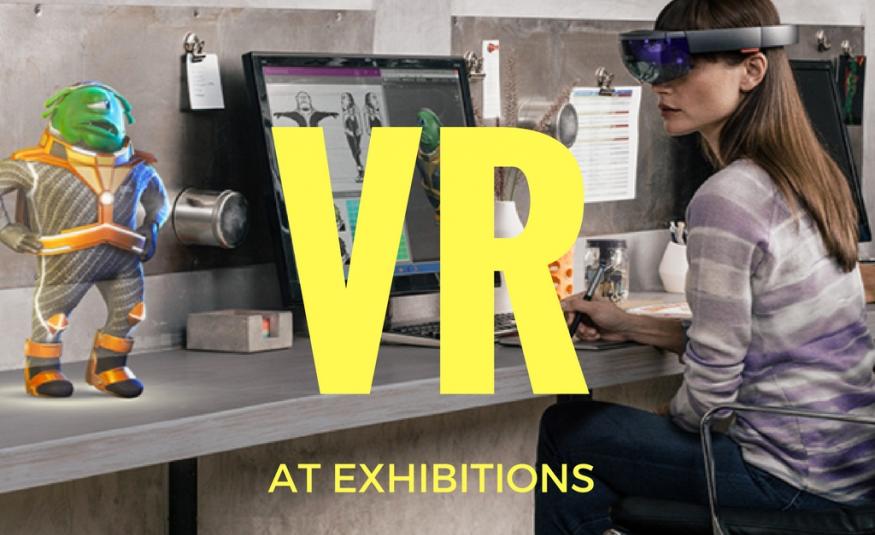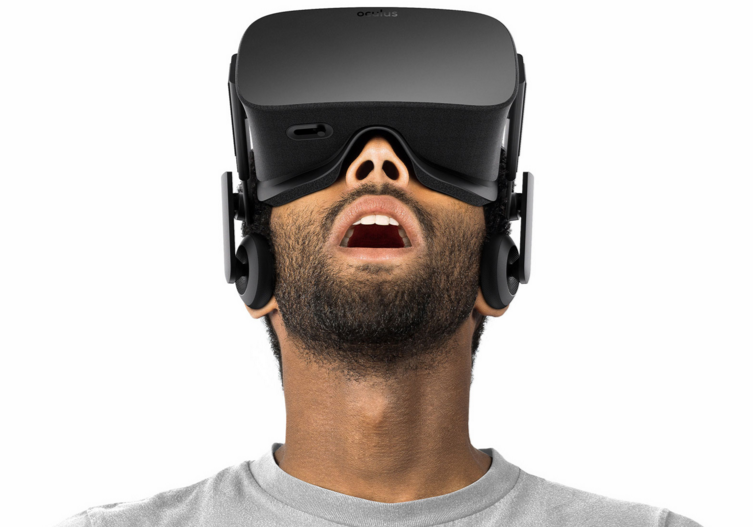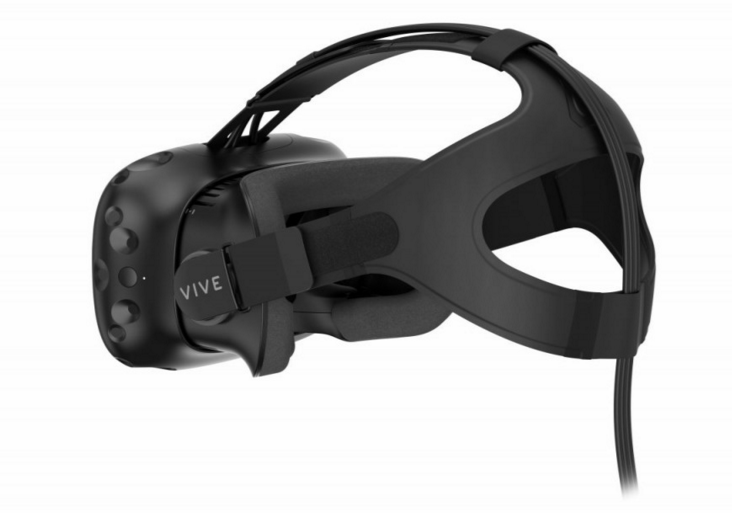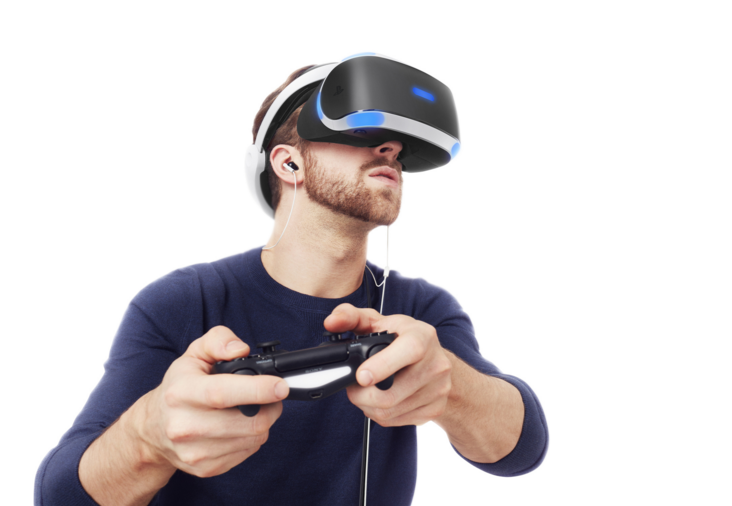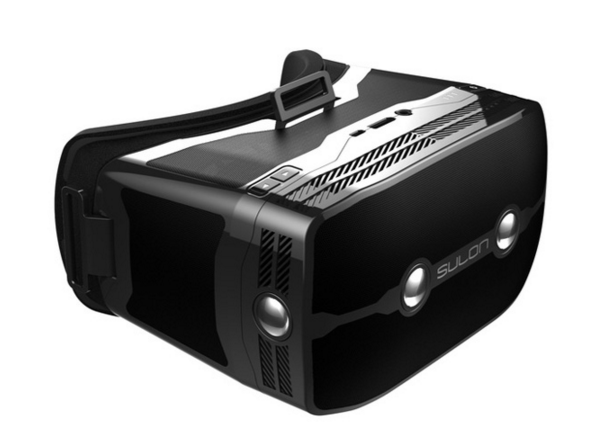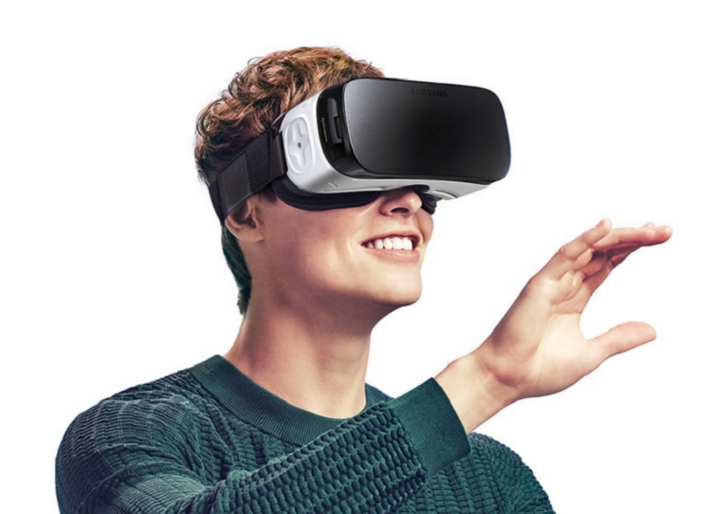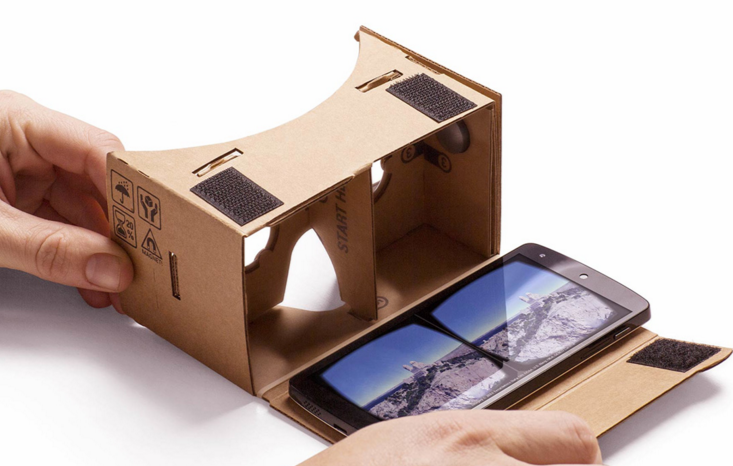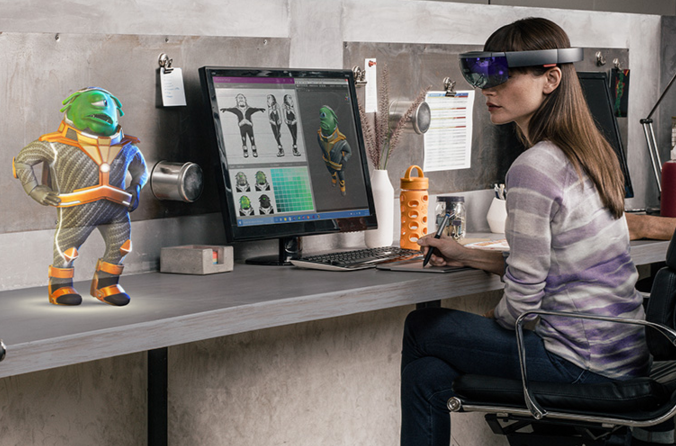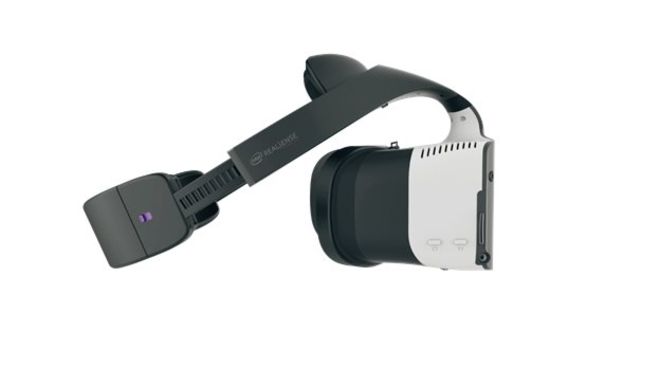Global event organiser George P. Johnson (GPJ) has predicted a broad use of VR in the exhibition industry.
Samsung and HTC made presentations at GPJ’s Morning Premiere event, inviting brands to explore how on stand uses of VR technology including Oculus Rift, Project Morpheus and other mobile DIY products. “The b2b applications are endless,“ said Jason Lovell, head of VR at Samsung.
“The challenge is how to engineer VR to your industry to create something consumers want to use. You’ll be staggered how much power your mobile will soon have.”
Attention around VR is peaking, with the crowd-funded Oculus Rift due to ship in March 2016, after it was acquired by Facebook for $2bn last year. Other players such as Microsoft, Sony, HTC and Google are also vying for attention.
Oculus Rift
This, more premium level headset is loaded with sensors, and offers a display for each eye and integrated headphones. It features movement detection information and initially ships with an Xbox One controller prior to bespoke Oculus Touch controllers launching later in 2016. A high-spec PC is necessary to run Oculus Rift.
HTC Vive
Like Oculus Rift, HTC Vive requires a powerful PC. The technology gives you freedom to roam around a room using IR sensors mounted on walls to map your location in the physical space. The HTC Vive costs £689 in the UK, $799 in the US.
PlayStation VR
Previously known as Project Morpheus, this headset is now known as PlayStation VR and is PlayStation 4 driven, It arrives on 13 October 2016. The headset itself will be just £349 ($399). Its screen resolution however, is lower than those used by HTC and Oculus.
Sulon Q
The Sulon Q VR headset is completely "tether-free" and requires no PC. The price is also unannounced as yet, and it could turn out to be rather pricey.
Samsung Gear VR
The Gear VR headset, co-developed with Oculus, is designed to support a smartphone, rather than needing a connection to a PC or console. Gear VR is available for around £100, and there's an optional controller too, available for about £70. Galaxy S7 and S7 edge devices are claimed to be best to run on the system.
Google Cardboard
Google Cardboard is a folding cardboard container into which a smartphone could be placed. It allows people to sample VR content without having to invest in a more substantial system.
Microsoft HoloLens
The Microsoft HoloLens headset works with Windows Holographic, a technology that adds 3D images in the world around us all. Technically this is more augmented reality than virtual reality. Users will be able to see holographic images overlaid onto real objects in front of them (which are projected by laser directly into their eyes). There is no set release date.
Project Alloy
This virtual reality headset that allows nearby objects from the real world to be integrated into its computer-generated views. Described as a 'merged reality' device, Intel says users will be able to see their own hands. It intends to offer the technology to other manufactures next year, but will not sell the headsets itself.

